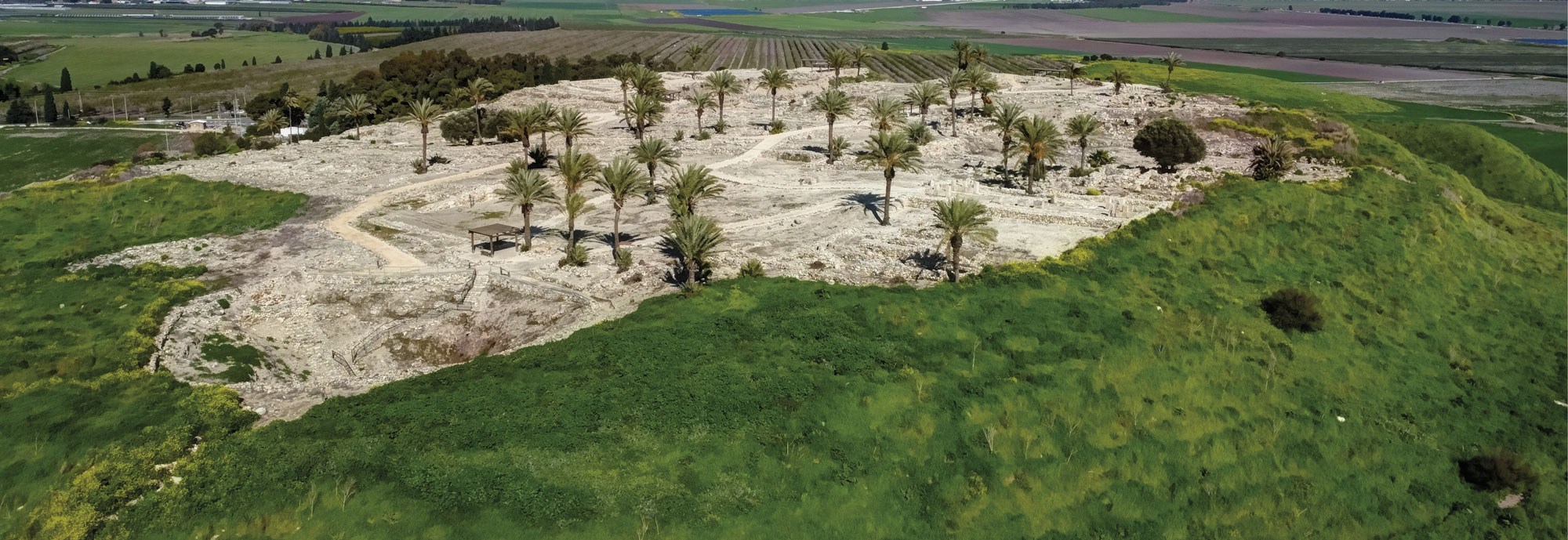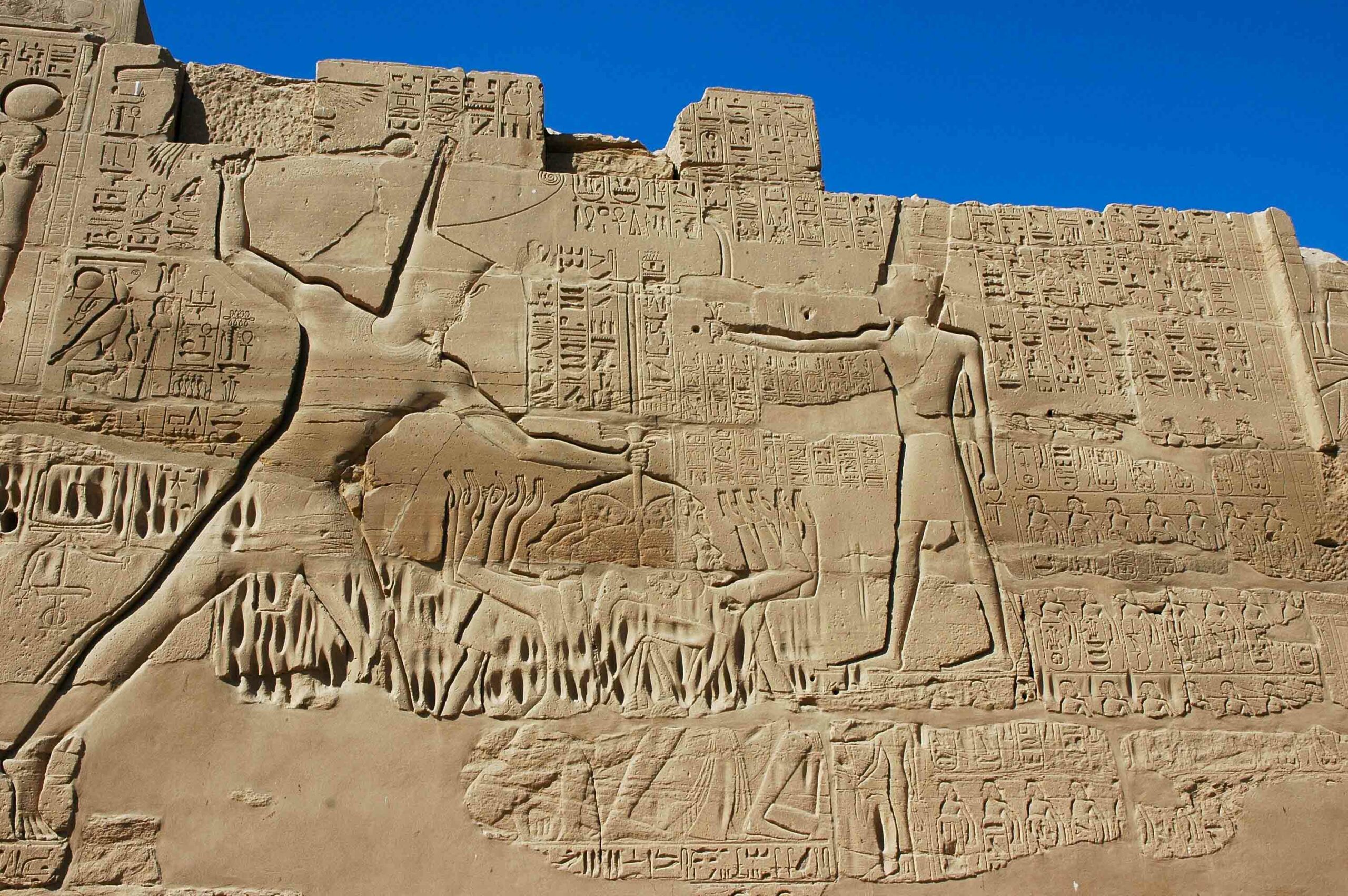
MANNHEIM, GERMANY—According to a report in The Times of Israel, an international team of scientists led by Daniel Berger of the Curt Engelhorn Center for Archaeometry and his retired colleague Ernst Pernicka analyzed the composition of tin ingots recovered from five Late Bronze Age underwater archaeological sites in the eastern Mediterranean in order to trace their origins. It had been previously thought that the tin used in bronze production in the Levant in the second millennium B.C. was imported from central Asia, since very little raw tin exists in the region. Comparison of the composition of the various samples revealed, however, that tin ingots found at three sites off the coast of Haifa, Israel, are likely to have been mined in southwest England, in what are now the areas of Cornwall and Devon. Tin from mines in Anatolia, central Asia, and Egypt was ruled out as a source for these samples because it was formed either much earlier or later. The researchers suggest that amber, glass, and copper were probably also traded along complex routes connecting Europe and the eastern Mediterranean much earlier than had been believed. For more on the importance of southwest England as a metal exporter, go to "Bronze Age Ireland's Taste in Gold."










